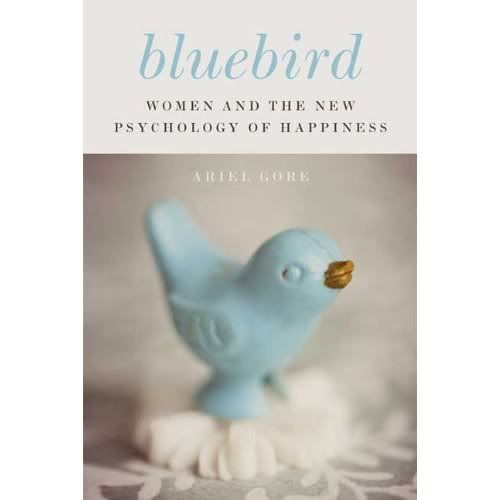
“We all live with the objective of being happy; our lives are all different and yet the same.” – Anne Frank
There are plenty of researchers publishing trendy new findings and studies on the subject of happiness: what it means to be happy today, how happy or unhappy we all are, what we can do to make ourselves more happy. I quote Anne Frank because a lot of these articles and books, like the objective of happiness itself, are all different and yet the same. While being marketed in separate and distinctive ways, many offer the same reductive stance on life — the modern adult is frazzled, in need of rest and recooperation from the stresses of our hectic world, and here in this text lies the cure-all/best course of action/the latest product or service to find and keep real, lasting happiness. But what if we weren’t really looking for an easy answer in the form of a good or service? What if the issue of happiness required an understanding of gender, race, class, and individual privilege? Ariel Gore’s new book Bluebird: Women and the New Psychology of Happiness examines happiness from a feminist standpoint, insisting that “There is no ‘happily ever after.’ There is only meditation, action, change, friendship, idea, inspiration, creation.”Â
The book follows Gore and a panel of 100 women she interviewed over the course of a a year. Their ideas challenge gendered studies and notions of happiness, particularly the axiom that women who follow traditional patriarchal value systems are “more content” — Gore instead insists that empowerment through resistance, taking charge of anxiety, and self-care are essential to an authentic experience of happiness. Her intersectional understanding of happiness critiques writings on happiness which ignore the many identity-based divisions of women’s lives, particularly class, as Bluebird questions the popular notion that selflessness is inherent to happiness; if women are socialized into selflessness by family and culture, is this cultivating happiness?  “If service is the secret of joy,” writes Gore, “one has to wonder why waitresses, maids, and mothers aren’t the happiest people on earth. The answer is clear: that service has to be voluntary rather than coerced.”Â
I appreciated her frankness in discussing her ambivalence toward capitalism, particularly her relationship to money as a working-class artist and a queer mother of two.  As a reader, I fully embraced her journey toward self-actualization in finding inspiration, inner peace, and hope for the future, all of which she sees as the necessary means to happiness for herself and her family. The book bravely tackles a critical and important understanding of the specific identity politics which inhabit happiness studies and why it shouldn’t be a pursuit solely made possible by connections, wealth, or class status; if we cultivate ourselves and our communities, she argues, we can always find happiness on our own terms. It’s an accessible, deeply thoughtful take on a complex topic and a great read for anyone in search of an intersectional and feminist approach to women’s happiness.
Bluebird: Women and the New Psychology of Happiness (Farrar, Straus and Giroux) is available on January 19 in bookstores and through online booksellers, including Powells and Amazon.


 This month The Man Files welcomes Sam Bullock writing his first guest post for Girl With Pen. In this personal account, Sam explains what happened when his Mormon religion collided with feminist politics.
This month The Man Files welcomes Sam Bullock writing his first guest post for Girl With Pen. In this personal account, Sam explains what happened when his Mormon religion collided with feminist politics.








